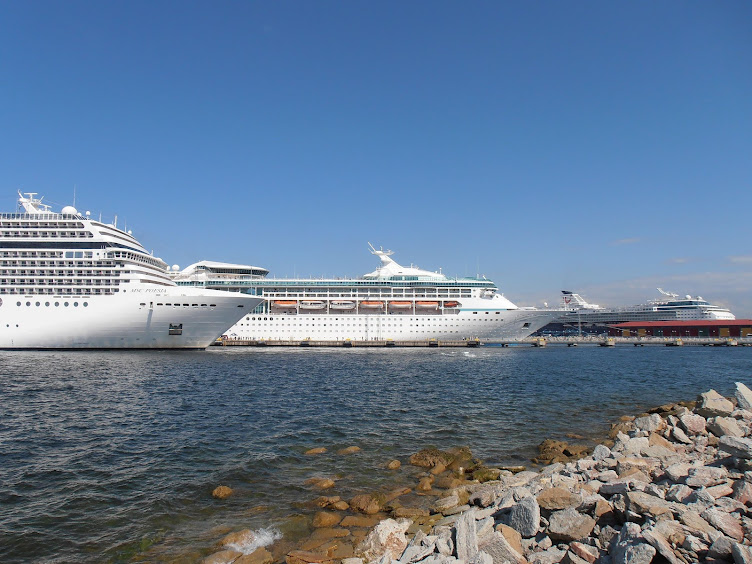Cruise ships offer a luxurious and unforgettable vacation experience, but ensuring the safety of passengers and crew members is of paramount importance. In this article, we will explore the various measures and protocols implemented by cruise lines to maintain a safe environment on board. From rigorous inspections to advanced safety technologies, the cruise industry is committed to providing a secure and enjoyable voyage for all. 1. Stringent Safety Regulations:
Cruise ships are subject to rigorous safety regulations enforced by international maritime organizations such as the International Maritime Organization (IMO). These regulations cover various aspects, including ship construction, emergency procedures, fire safety, and life-saving equipment. Cruise lines must adhere to these regulations to obtain and maintain their operating licenses. 2. Comprehensive Safety Training:
Cruise ship crew members undergo extensive safety training to ensure they are well-prepared for any emergency situation. This training includes fire drills, evacuation procedures, first aid, and crowd management. Crew members are trained to handle various scenarios and are equipped with the necessary skills to respond swiftly and effectively in case of an emergency. 3. Advanced Safety Technologies:
Cruise ships are equipped with state-of-the-art safety technologies to enhance passenger and crew safety. These include advanced fire detection and suppression systems, sophisticated navigation and communication systems, and advanced life-saving equipment such as lifeboats and life rafts. Additionally, many ships are equipped with medical facilities staffed by qualified medical professionals to provide immediate care if needed. 4. Regular Safety Inspections:
Cruise ships undergo regular safety inspections conducted by classification societies and regulatory bodies. These inspections ensure that ships comply with safety regulations and maintain high standards of safety. Inspections cover various areas, including structural integrity, fire safety systems, life-saving equipment, and emergency procedures. Ships that fail to meet the required standards are not allowed to operate until necessary improvements are made. 5. Emergency Response Plans:
Cruise lines have comprehensive emergency response plans in place to handle various contingencies. These plans outline procedures for evacuations, medical emergencies, and communication protocols. Regular drills and exercises are conducted to test the effectiveness of these plans and ensure that crew members are well-prepared to handle emergencies. 6. Passenger Safety Briefings:
Before embarking on a cruise, passengers are required to attend safety briefings that provide essential information on emergency procedures, evacuation routes, and the location of life-saving equipment. These briefings are conducted to ensure that passengers are aware of safety protocols and can respond appropriately in case of an emergency.
Safety is a top priority for cruise lines, and extensive measures are in place to ensure the well-being of passengers and crew members. From adhering to stringent safety regulations to implementing advanced technologies and conducting regular inspections, the cruise industry is committed to providing a safe and enjoyable experience for all. By prioritizing safety and investing in comprehensive training and emergency response plans, cruise ships continue to be a reliable and secure mode of travel for vacationers worldwide.

